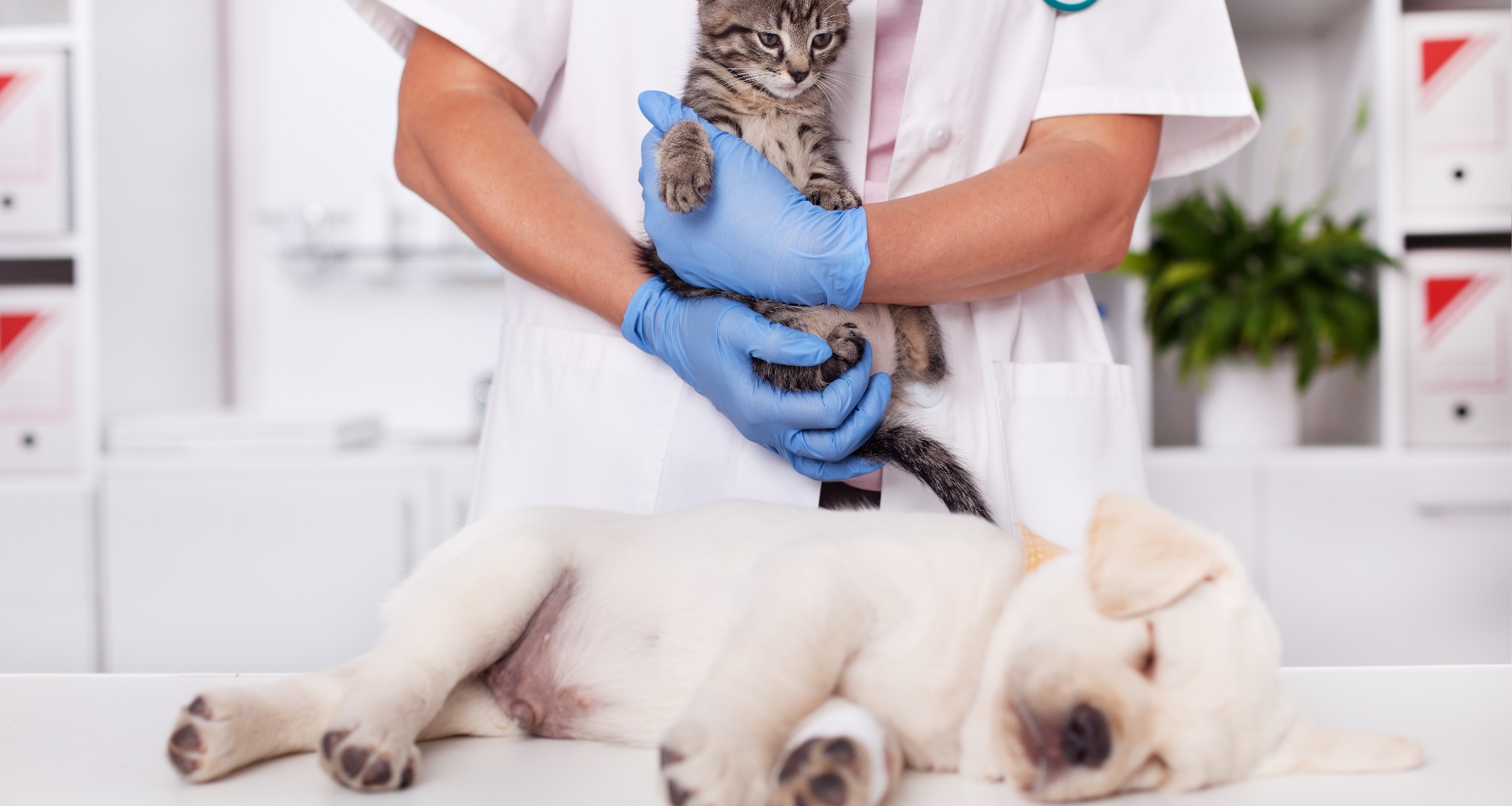HEALTH & WELLNESS

VOTING BOOTH

TRENDING

LIONS FOUNDATION OF CANADA DOG GUIDES
Lions Foundation of Canada Dog Guides and its founding program, Canine Vision Canada, was established in 1983. It’s the largest school of its kind in Canada with its training school in Oakville and breeding facility in Breslau.
PETS IN PAIN SELDOM VOCALIZE

Your pets can’t tell you where or how much it hurts but they suffer from pain just as we do. Animals have evolved to hide their pain as a protection against predators.
Pain comes in various forms:
- Acute or predictable pain from surgery or injury is usually short-term. Acute pain is obvious and troubling.
- Chronic pain, which is often progressive and long-term, can be subtle and difficult to recognize. It may be masked or dismissed as ‘aging’ or ‘slowing down’.
Recognizing Clues Indicating Pain
Paying attention to the little clues that indicate your pet is hurting is very important because unrecognized and untreated pain may lead to other health issues, which erode your pet’s quality of life, such as:
- Immune suppression
- Digestive troubles
- Insomnia
Signs of pain in dogs can include:
- Sad or anxious expression
- Unwilling to move or interact socially – not greeting you as usual
- Yelping, whimpering, or whining more
- Restlessness
- Limping, crouching or change in posture
- Changes in eating and drinking patterns
- Sleeping more
- Shaky legs or trembling
- Difficulty moving, rising or lying down
- Difficulty going up and down stairs or jumping
- Difficulty in urinating or defecating
- Self-mutilation – chewing
- Increased aggression – growling, pinning their ears back, and even biting
- Generally avoiding the things that they would normally like to do
Signs of pain in cats can include:
- Reduced activity or loss of curiosity
- Changes in litter box routine
- Hunching – sitting or walking in a hunched position
- Stiff posture
- Changes in behaviour, such as sleeping more
- A decrease or loss of appetite
- Weight loss
- Not being able to jump up on a bed or couch
- Increased or decreased licking and grooming or not wanting to be groomed
- Changes in appearance – cat becoming greasy or scruffy
- Hiding – not wanting to interact with their family
- An aggressive reaction to touch, such as biting, hissing or spitting
Once pain is relieved, pets are able to exercise and systems, such as their hearts, lungs, and digestion can return to normal functioning and general well-being is re-established. Contact your Veterinary Healthcare Team right away for an evaluation. If necessary, a pain management protocol will be initiated so that your pet can get back to activities and keep moving for a healthier and happier life.








